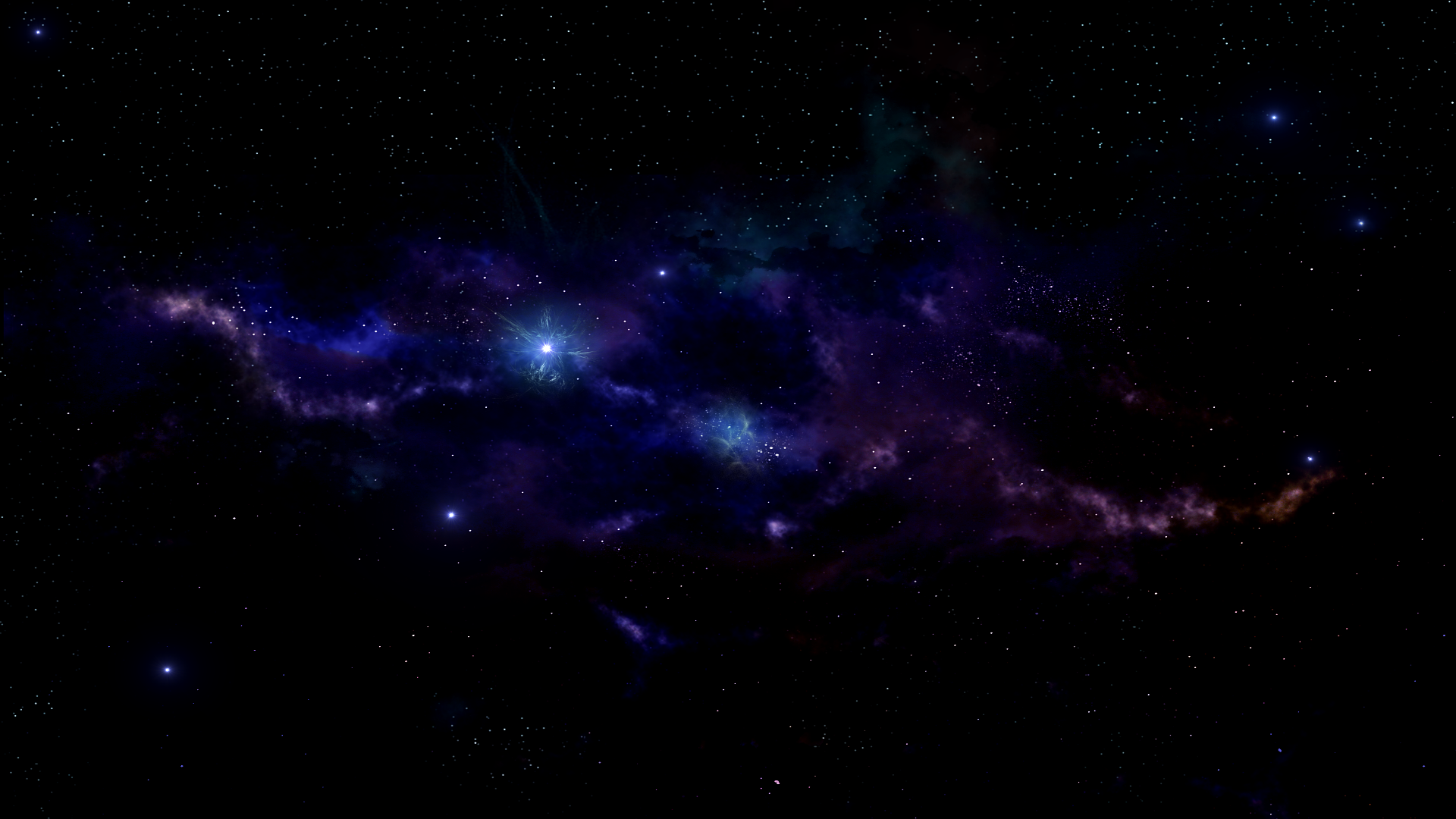Insights into black hole mergers in distant galaxies
An international collaboration of astrophysicists, including scientists from North Rhine-Westphalia, has discovered convincing signs of the existence of slow-oscillating gravitational waves. The North American Nanohertz Observatory for Gravitational Waves (NANOGrav) has collected data over 15 years that suggests the presence of these waves. Particularly noteworthy are the contributions of Prof. Dr. Kai Schmitz from the University of Münster and Dr. Andrea Mitridate from DESY in Hamburg, who led part of the research.
The study analyzes the effects of gravitational waves on pulsars, extremely dense remnants of massive stars that spin rapidly after their supernova explosions and send beams of radio waves through space. The research results open a new window into the gravitational wave universe and provide exciting insights into the merger of gigantic black holes in distant galaxies.
Source: NMWP.NRW; Westfälische Wilhelms-Universität Münster
